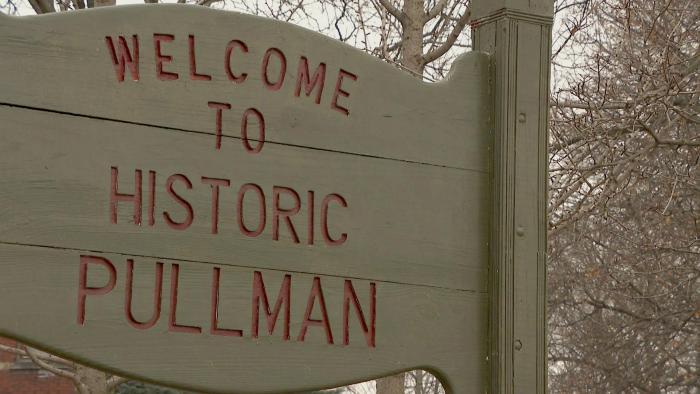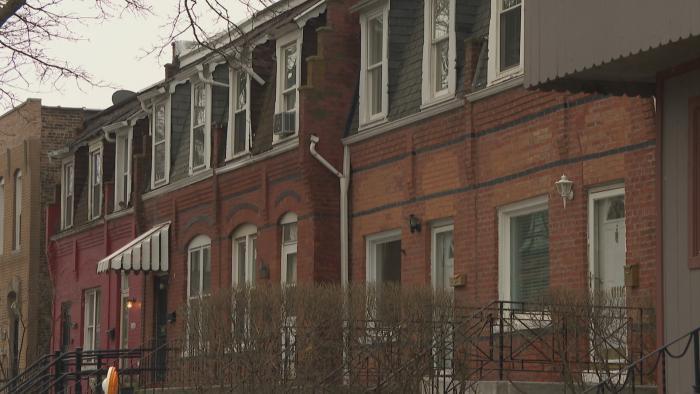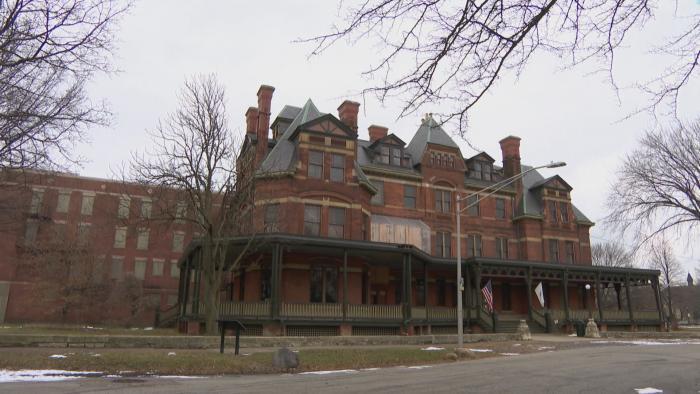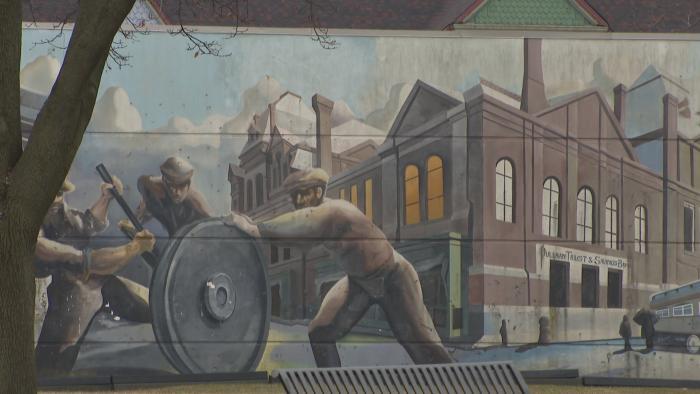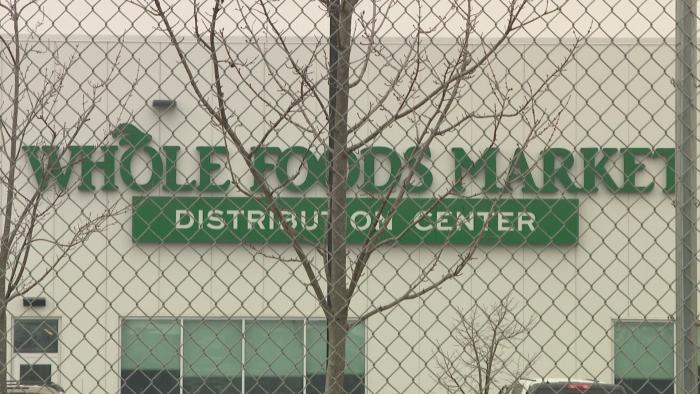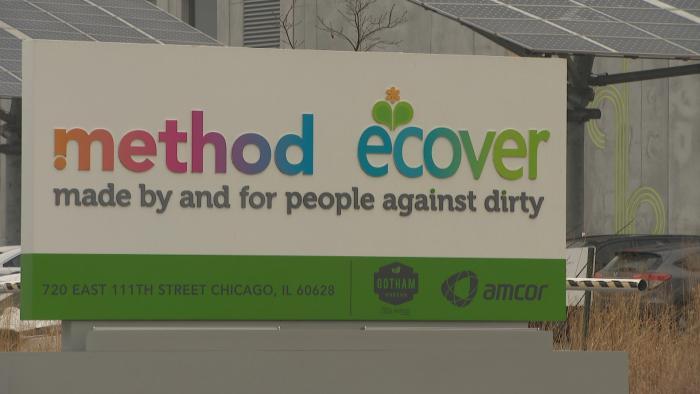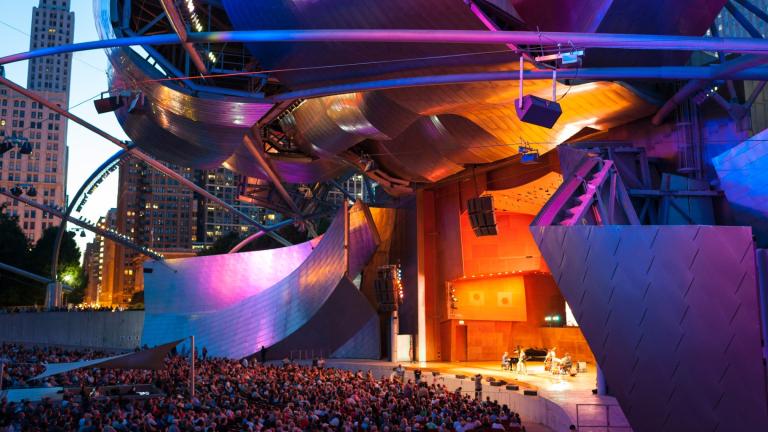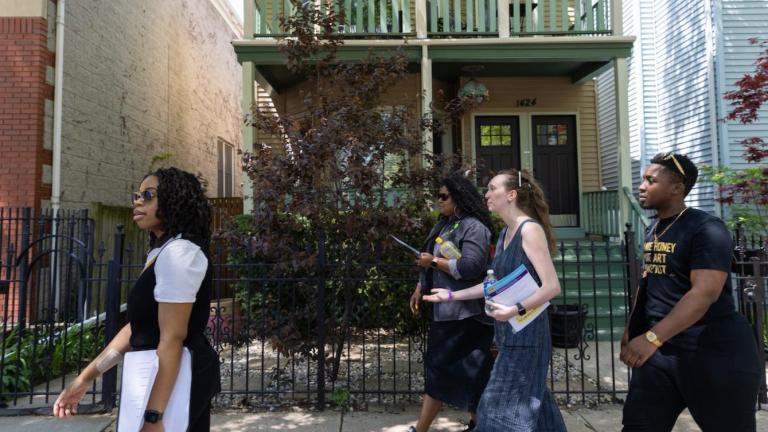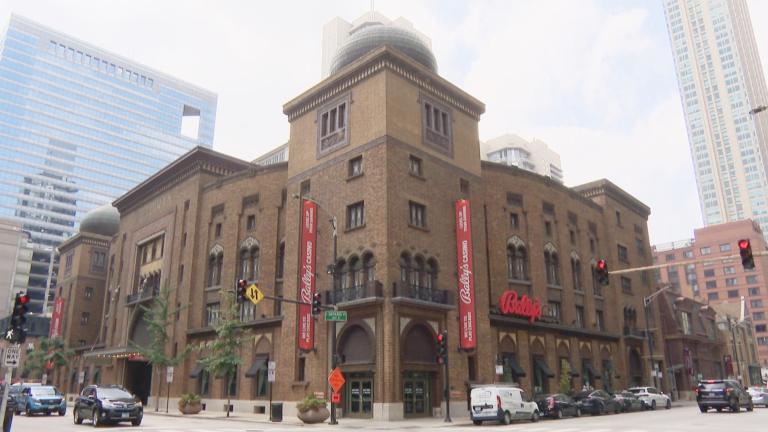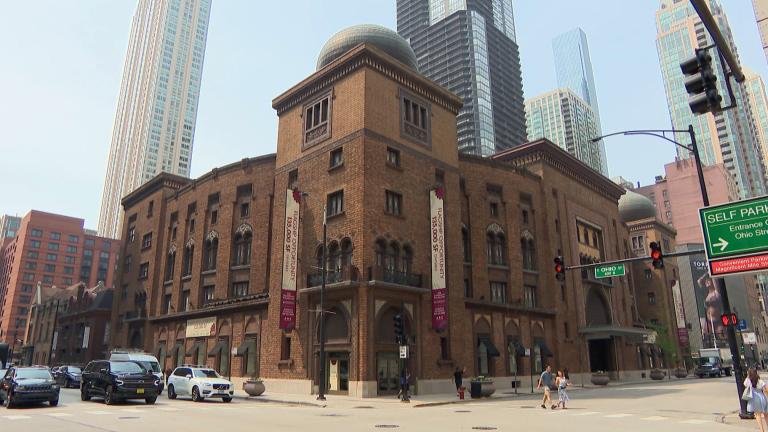In 2015, Pullman on the city’s Far South Side was designated Illinois’ first national monument. The historic neighborhood also celebrated the opening of multiple businesses, from Walmart to Whole Foods.
On Tuesday, Pullman scored another victory. The Amateur Athletic Union, which hosts tournaments in 45 different sports across the U.S. and Canada, named the Pullman Community Center its Midwest headquarters.
In other potentially big news for Pullman, a 40-acre Amazon warehouse may be on the horizon.
These developments are prompting some to point to Pullman as a model for urban revitalization.
Joining “Chicago Tonight” with their thoughts are:
• Ald. Anthony Beale of Chicago’s 9th Ward, which includes Pullman.
• David Doig, president of Chicago Neighborhood Initiatives, a nonprofit community development organization focused on revitalizing Chicago’s South and West sides.
• Wyatt Ollestad, president of the Pullman Civic Organization, a volunteer neighborhood group.
Below, a Q&A with our guests.
What has Pullman done successfully that other communities might want to learn from?
Beale: We involved community in planning early on. Method Soap Factory said it was the community that convinced them to come in.
Is there anything particularly unique about Pullman that attracted investors to it?
Doig: There’s no place in North America that has a confluence of rail, road and water like the Calumet area. The future of our region is really transportation, distribution and logistics. Our economy is moving toward getting stuff from point A to Point B as quickly as possible. Pullman is perfectly set to take advantage of that. All six of the Class A railroads are in Far South Side, eight interstates run through the region and there’s the port on the South Side.
As far as transportation goes, this region is unparalleled.
How have government incentives helped Pullman’s revitalization?
Beale: Government support is very important. We have to show that the city and state are our partners. Having that partnership shows that we’re open for business. None of these companies got big tax incentives. But we did to use TIF dollars and government money to create better roads and infrastructure.
Doig: We’ve used pretty much every economic tool available. We’ve used TIFs, state tax credits, Opportunity Zone funds. We even used disaster recovery money after Hurricane Ike.
Wyatt, how has the neighborhood changed in the six years you’ve lived there?
Ollestad: One of the highlights of this community is that the neighbors are close-knit, because of the special history of this place. That hasn’t changed in the last six years, but what has changed is the attention we’re getting. We’ve always had some degree of tourism, but we’re getting a lot more. There’s a general excitement in the air about the attention being paid to the neighborhood.
Any concerns that gentrification may follow this economic development and residents will be priced out of the neighborhood?
Ollestad: No worries about that yet. Right now we’re really just excited about the possibilities.

